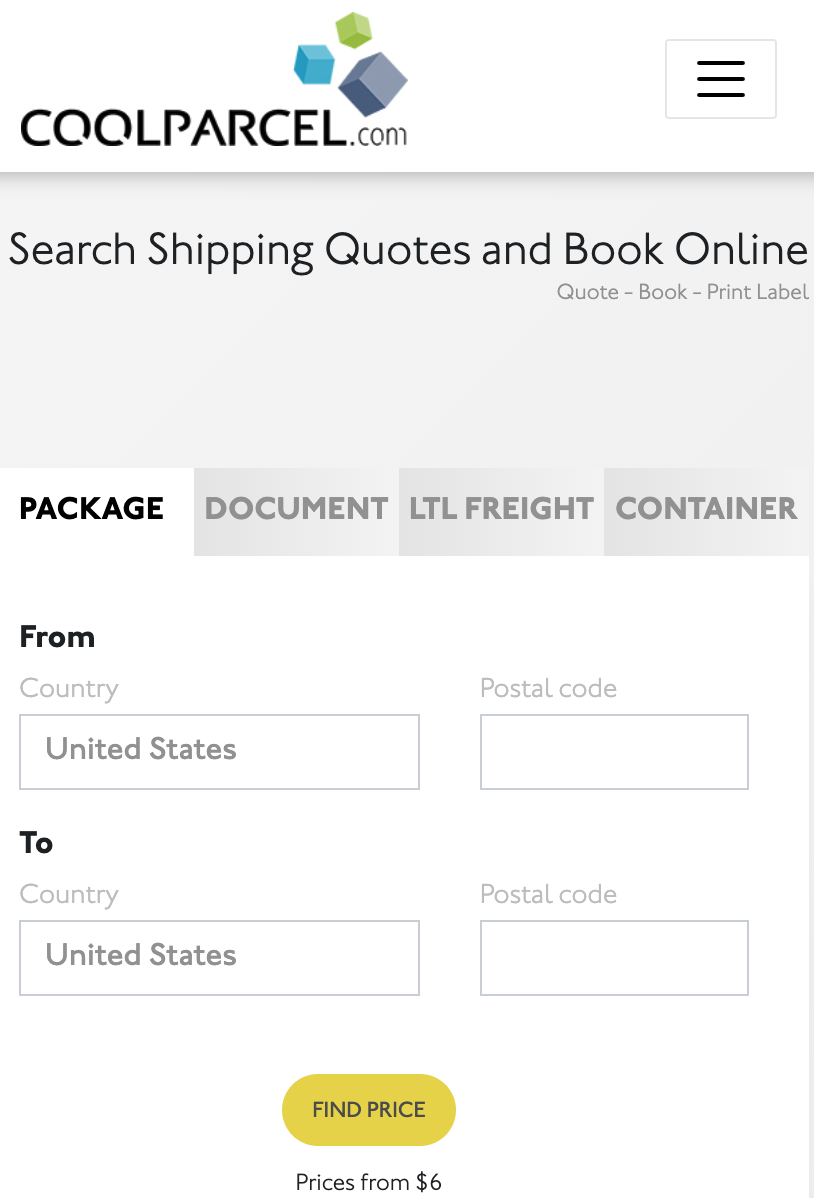When shipping liquids through USPS, it’s important to follow their guidelines to ensure safe and successful delivery. Here are the steps to ship liquids through USPS:
1. Use a sturdy, leak-proof container: Make sure the liquid is stored in a secure, leak-proof container that is designed for shipping liquids.
2. Use proper packaging: Place the container in a sturdy box with enough cushioning material to prevent movement and absorb any potential leaks.
3. Label the package: Clearly mark the package as containing liquid and indicate if it is fragile or if it has any special handling requirements.
4. Check restrictions: Verify that the liquid you are shipping is not on USPS’s list of prohibited items, and ensure that it complies with any specific regulations for the type of liquid being shipped.
5. Choose the right service: Select a USPS shipping service that allows for the transportation of liquids, such as Priority Mail or Parcel Select.
6. Declare the contents: When shipping internationally, make sure to accurately declare the contents of the package and comply with any customs regulations.
By following these steps, you can safely and effectively ship liquids through USPS. Always check with USPS for the most up-to-date guidelines and regulations before shipping liquids.
1. Can I ship liquids through USPS?
Yes, you can ship liquids through USPS as long as they are non-hazardous and properly packaged according to USPS guidelines.
2. What are the packaging requirements for shipping liquids through USPS?
Liquids must be securely sealed in leak-proof containers and then placed in a strong outer packaging. The outer packaging must be strong enough to prevent crushing or puncturing during transit.
3. Are there any restrictions on the types of liquids that can be shipped through USPS?
Yes, USPS has restrictions on shipping certain types of liquids, such as flammable or hazardous materials. It’s important to check the USPS guidelines and regulations for shipping liquids to ensure compliance with their rules.

